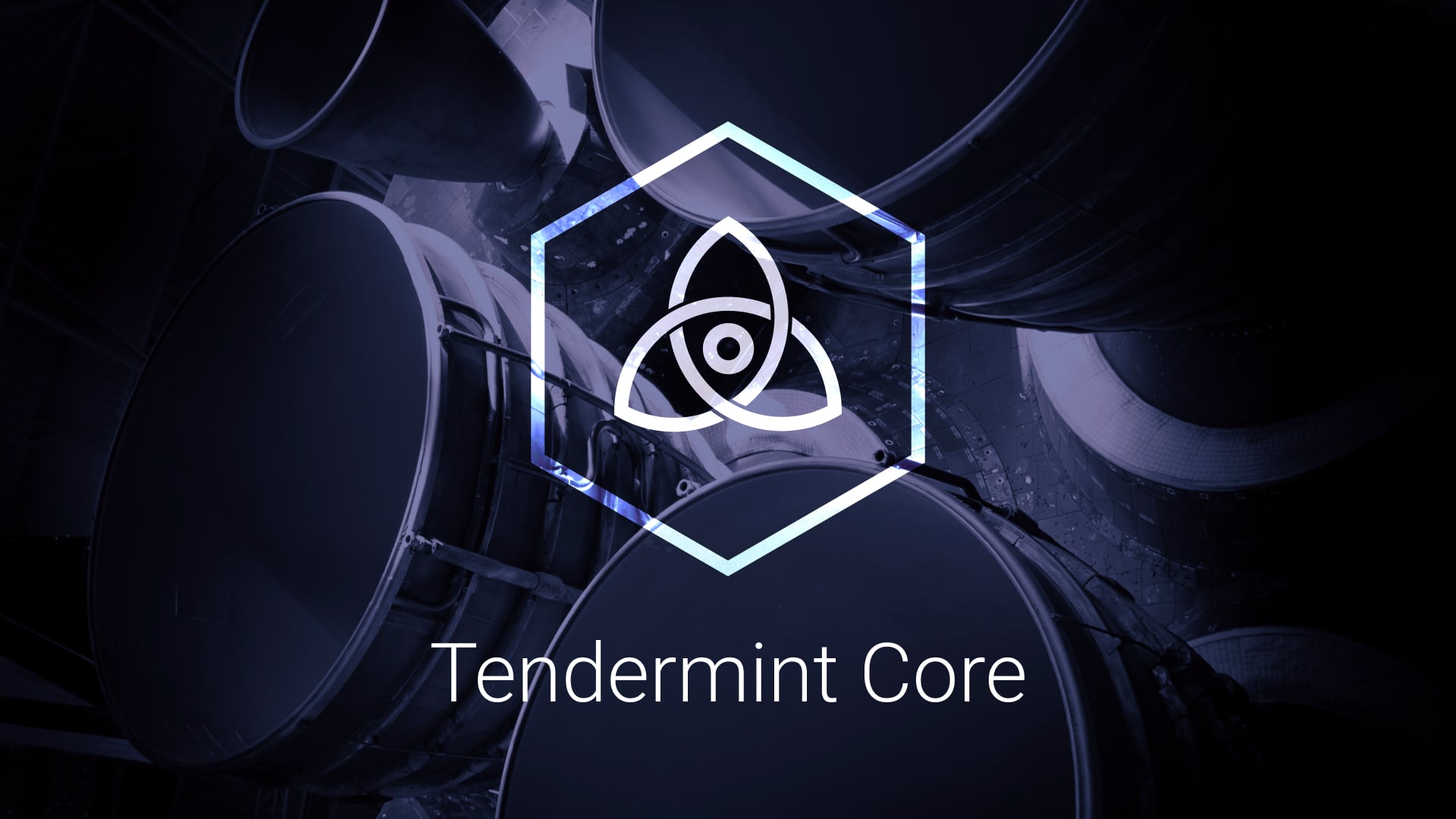Byzantine-Fault Tolerant State Machine Replication. Or Blockchain, for short.
| Branch | Tests | Linting |
|---|---|---|
| main |
Tendermint Core is a Byzantine Fault Tolerant (BFT) middleware that takes a state transition machine - written in any programming language - and securely replicates it on many machines.
For protocol details, refer to the Tendermint Specification.
For detailed analysis of the consensus protocol, including safety and liveness proofs, read our paper, "The latest gossip on BFT consensus".
Complete documentation can be found on the website.
Please do not depend on main as your production branch. Use
releases instead.
Tendermint has been in the production of private and public environments, most notably the blockchains of the Cosmos Network. we haven't released v1.0 yet since we are making breaking changes to the protocol and the APIs. See below for more details about versioning.
In any case, if you intend to run Tendermint in production, we're happy to help. You can contact us over email or join the chat.
More on how releases are conducted can be found here.
To report a security vulnerability, see our bug bounty program. For examples of the kinds of bugs we're looking for, see our security policy.
We also maintain a dedicated mailing list for security updates. We will only ever use this mailing list to notify you of vulnerabilities and fixes in Tendermint Core. You can subscribe here.
| Requirement | Notes |
|---|---|
| Go version | Go 1.18 or higher |
See the install instructions.
Please abide by the Code of Conduct in all interactions.
Before contributing to the project, please take a look at the contributing guidelines and the style guide. You may also find it helpful to read the specifications, and familiarize yourself with our Architectural Decision Records (ADRs) and Request For Comments (RFCs).
Tendermint uses Semantic Versioning to determine when and how the version changes. According to SemVer, anything in the public API can change at any time before version 1.0.0
To provide some stability to users of 0.X.X versions of Tendermint, the MINOR version is used to signal breaking changes across Tendermint's API. This API includes all publicly exposed types, functions, and methods in non-internal Go packages as well as the types and methods accessible via the Tendermint RPC interface.
Breaking changes to these public APIs will be documented in the CHANGELOG.
In an effort to avoid accumulating technical debt prior to 1.0.0, we do not guarantee that breaking changes (ie. bumps in the MINOR version) will work with existing Tendermint blockchains. In these cases you will have to start a new blockchain, or write something custom to get the old data into the new chain. However, any bump in the PATCH version should be compatible with existing blockchain histories.
For more information on upgrading, see UPGRADING.md.
Because we are a small core team, we only ship patch updates, including security updates, to the most recent minor release and the second-most recent minor release. Consequently, we strongly recommend keeping Tendermint up-to-date. Upgrading instructions can be found in UPGRADING.md.
- Cosmos SDK; A framework for building applications in Golang
- Tendermint in Rust
- ABCI Tower
- The latest gossip on BFT consensus
- Master's Thesis on Tendermint
- Original Whitepaper: "Tendermint: Consensus Without Mining"
- Tendermint Core Blog
- Cosmos Blog
Tendermint Core is maintained by Interchain GmbH. If you'd like to work full-time on Tendermint Core, we're hiring!
Funding for Tendermint Core development comes primarily from the Interchain Foundation, a Swiss non-profit. The Tendermint trademark is owned by Tendermint Inc., the for-profit entity that also maintains tendermint.com.




